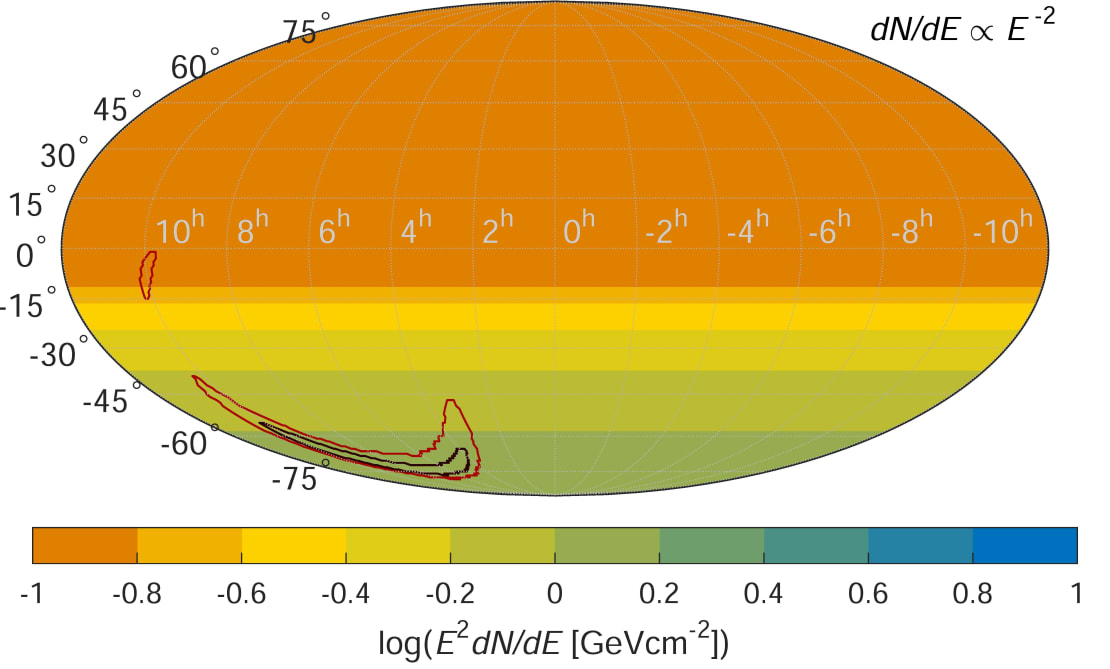The detection of the first gravitational wave (GW) event by LIGO, a hundred years after Einstein’s general relativity theory suggested their existence, represents one of the greatest scientific breakthroughs of recent years. For neutrino hunters, such as IceCube and ANTARES, this discovery is also a great step forward for the nascent field of multimessenger astronomy.
The detection of the first gravitational wave transient, GW150914, occurred in the first three-month-long observation period of Advanced LIGO. We can anticipate a significant number of new GW sources from longer and more sensitive future observation periods. LIGO researchers have identified a merger of two black holes as the most likely source of this GW. Such an event might also emit neutrinos if the black holes are in a gaseous environment from which they can accrete matter.
After receiving the GW alert in September 2015 from the Advanced LIGO detector, the IceCube and ANTARES neutrino telescopes analyzed the data they had recorded at the same time in order to search for neutrinos that might have been emitted from the same event. Neither search identified any neutrinos that could be associated with the burst. These results set the first limits on neutrino emission from a GW transient event.

The coincident detection of neutrinos and a GW would accelerate the exploration of the extreme universe. Neutrinos could dramatically improve the localization of a GW source and help with targeting electromagnetic follow-up observations as quickly as possible. Such multimessenger observations also provide a much more complete understanding of the most violent environments in our universe.
While this initial joint search has not found coincident neutrino emission, the partnership of the ANTARES, IceCube, LIGO and Virgo collaborations has proven that the international astrophysics community is now ready to perform multimessenger searches in real time.
“When eight years ago I started working on joint observations of high-energy astrophysical neutrinos and gravitational waves, neither source had been detected, and now both are. We’ve come a long way in understanding cataclysmic cosmic events, and I expect many exciting new discoveries in the near future,” says Imre Bartos, a LIGO researcher at Columbia University, who co-leads the joint effort of LIGO/Virgo and IceCube.
IceCube and ANTARES looked for neutrinos emitted within 500 seconds of the GW alert time. In both cases, this search was performed using online detector data.
Info “High-energy Neutrino follow-up search of Gravitaional Wave Event GW150914 with ANTARES and IceCube,” The ANTARES Collaboration, the IceCube Collaboration, the LIGO Scientific Collaboration and the Virgo Collaboration. Read the paper here.